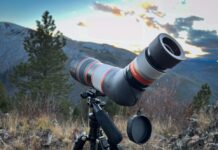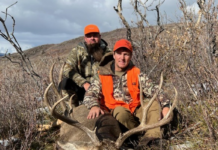Merino Wool
Not Your Grandfathers Flannel Shirt
by Evan Williams
I remember the first piece of wool clothing that I ever hunted with. The red and black-checkered pattern of the Woolrich button up shirt still hangs in my closet to this day. The first time I put it on to go big game hunting, I couldn’t get it off fast enough. I was 14 years old and I drew a Kansas rifle tag for an either species either sex youth tag. The temperatures were in the low 30s on that hunt, and my father knew the benefits of wool. All I knew was that it felt like steel wool against my skin.
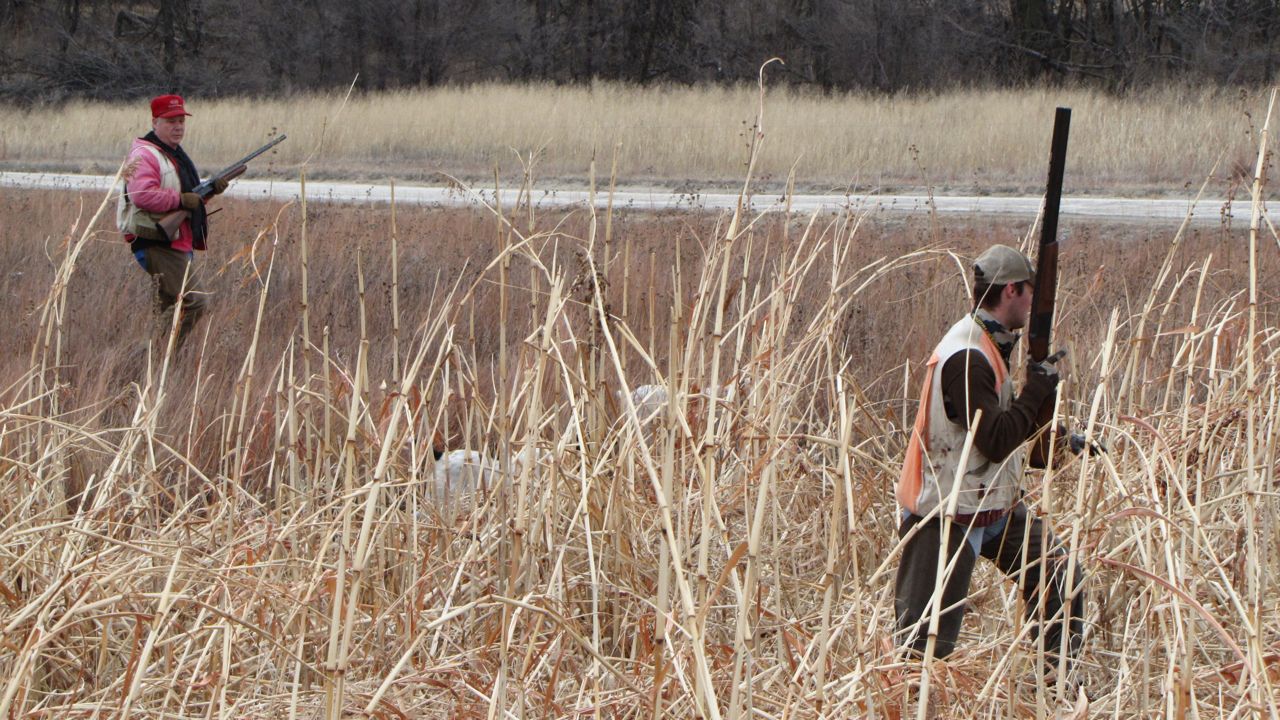
There are more than ten different breeds of “Merino Sheep” in the world ranging from the New England area of the United States, through Germany, China and into Australia and New Zealand (1). Just like the different breeds of Merino sheep there are different grades of Merino Wool. Measured in a unit called a micron, one millionth of a meter, this measurement represents the diameter of the wool fiber being used. Merino Wool is commercially recognized as having a micron measure between 18-24, however some finer Merino may be found. When measuring wool counts, the smaller the micron measurement the finer the wool (2). And the finer the wool the more comfortable and less irritable this fabric of nature is against our skin.
According to Australian Wool Innovation Limited, Australian wool accounts for 24% of the world’s wool production with approximately 76% of that wool being fine enough to be considered Merino (3). So how does Merino Wool benefit us?
COMFORT
Merino wool has a large capacity to absorb moisture vapor and sweat next to our skin (4). This moisture transportation means that as we exert physical energy and begin to sweat, the wool pulls the moisture away from our skin keeping our body from physically overheating. This is a crucial element during that long hike into camp or while running up the mountain trying to get around a herd of elk.
Merino wool reacts to the physical changes in our body’s temperature (4). As our body begins to heat up with physical activity, wool takes on moisture in the form of sweat. This cools us down by allowing moisture to be wicked away from skin and evaporated. Wool also changes as our body begins to cool down as we reach the ridge top to glass the basin we are hunting. As wool begins to take on moisture from sweat on our morning hike, energy is released in the form of heat (5). Then when we stop to begin glassing and our activity level decreases, the wool fibers allow us to maintain body heat and remain warm. Merino Wool also carries one of the highest warmth to weight ratios on the planet. The ultra-lightweight construction and supreme warmth will be sure to lighten your clothing load on your next hunt.
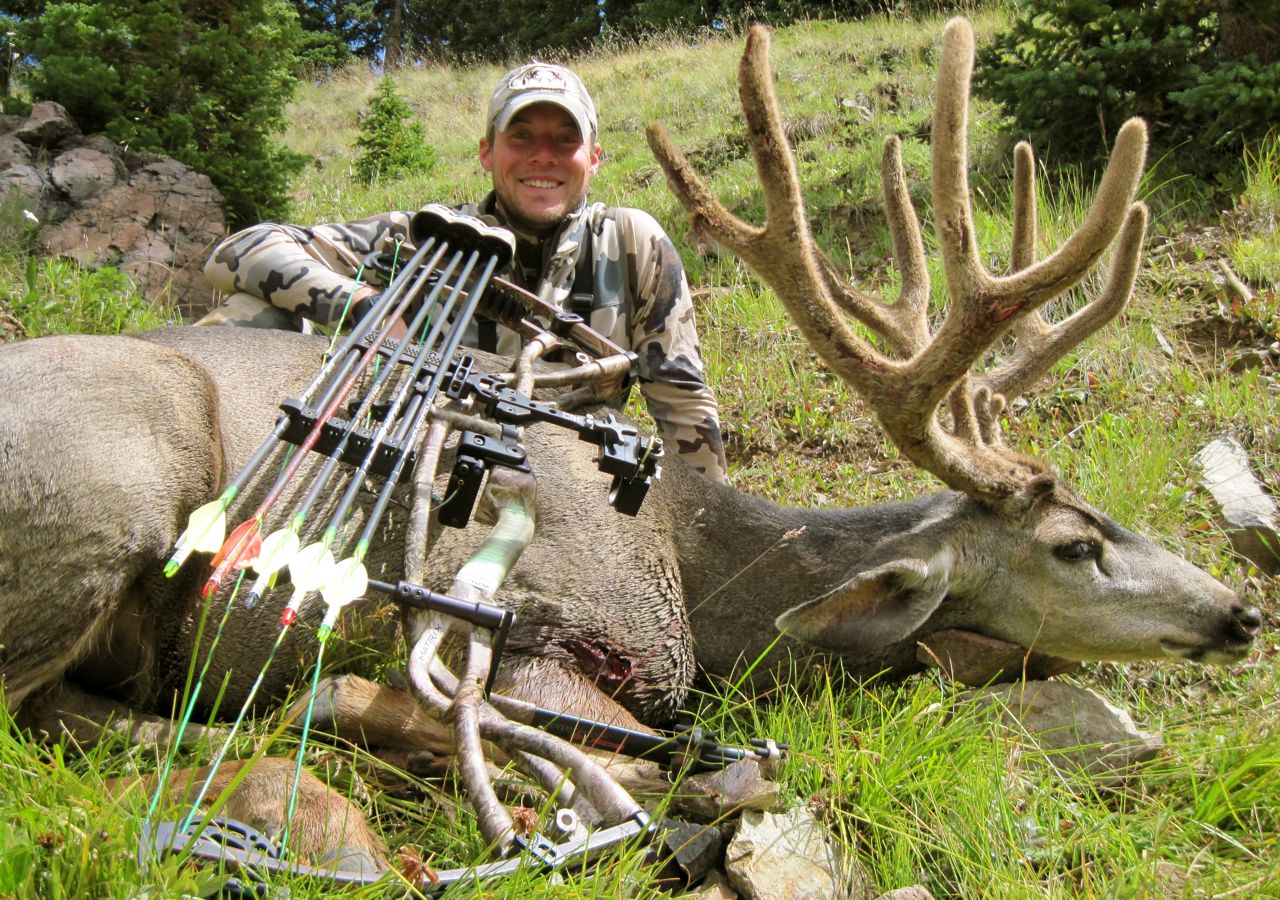
ODOR REGULATION
As Merino Wool absorbs moisture it reduces the amount of sweat left on our body, reducing the amount of odor causing bacteria produced (6). Because of the moisture wicking properties of wool and the thin diameter of Merino, it also means that our clothing is fast drying. There have been a number of times on extended pack trips where I have gotten back to camp and taken off my Merino Wool top and hung it out to dry. When I returned a short time later, I found the top to be completely free of moisture and odor.
Merino wool fibers carry no charge and thus bacteria removed from our skin during activity are not attracted to the scaly surface of merino fibers. In contrast, synthetic fiber has a smooth positively charged surface which bacteria are attracted to. The odor causing bacteria also tends to remain on the skin, increasing the rate of odor production (7). Not a good thing on a hunting trip.
NATURAL
As hunters, we are truly “one with nature”. We spend more time outdoors than the animal rights activist living a few doors down the street. We appreciate nature and all that it has to offer including her natural fibers. Wool, unlike synthetics, is a biodegradable material that when disposed of decomposes (8) and is safe for the environment.
Wool is also a renewable resource! Lets think about this for a second. Each year with the changing weather, sheep grow their wool coats to remain protected from the cold blowing winds of winter. But what happens as the temperatures climb? Anyone who has spent anytime at the local fair will tell you, ranchers harvest the wool. Shearing is a harmless activity that allows the sheep to have their winter coats removed in a matter of minutes. This allows them to cool down for the summer much faster than shedding the 2+” of wool, and we reap the rewards.
WHERE DO WE FIND MERINO WOOL IN THE HUNTING INDUSTRY
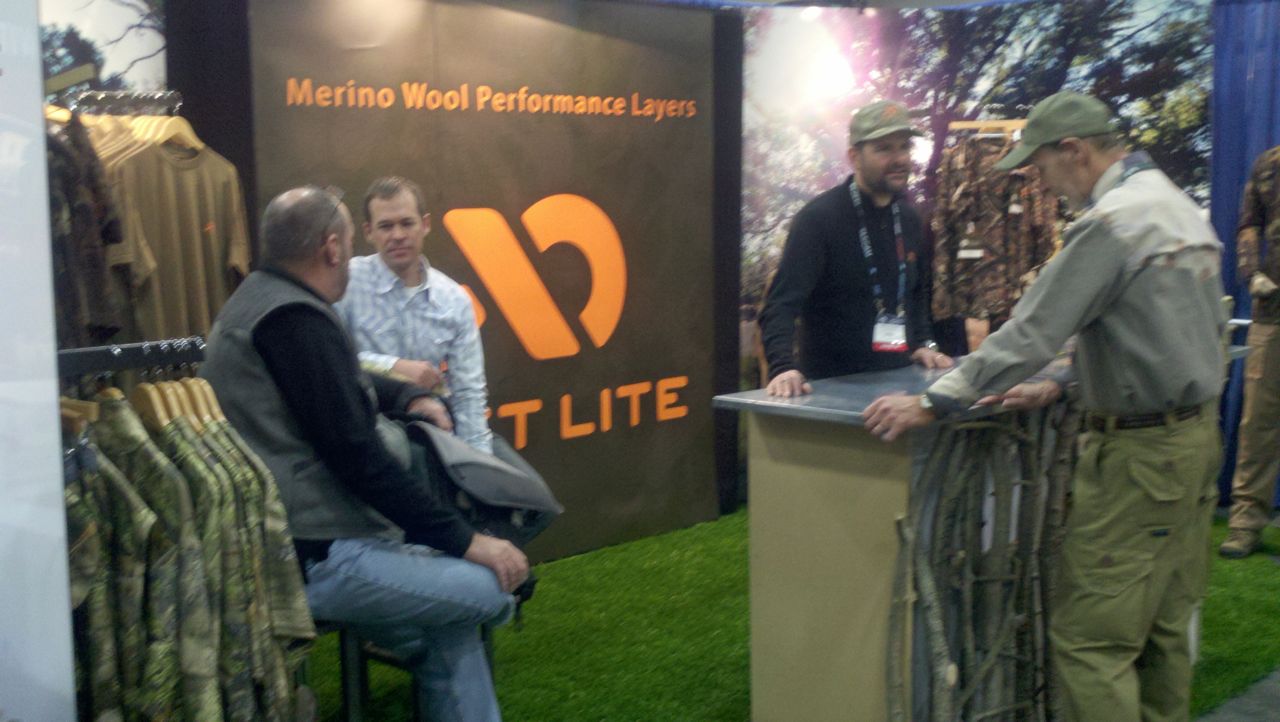

To my knowledge, in 2007 First Lite was the first hunting industry-clothing company to manufacture and market Merino Wool clothing specifically for guys and gals like you and me. Pre-2007 you could find base layers of Merino Wool by looking outside our industry towards companies such as: SmartWool, Justin Charles, Patagonia, etc. But you still needed to layer with synthetics over them if you were going for that camouflaged look. Since the emergence of First Lite many companies have began producing camouflaged Merino Wool including: KUIU and Sitka Gear.
Works Cited








